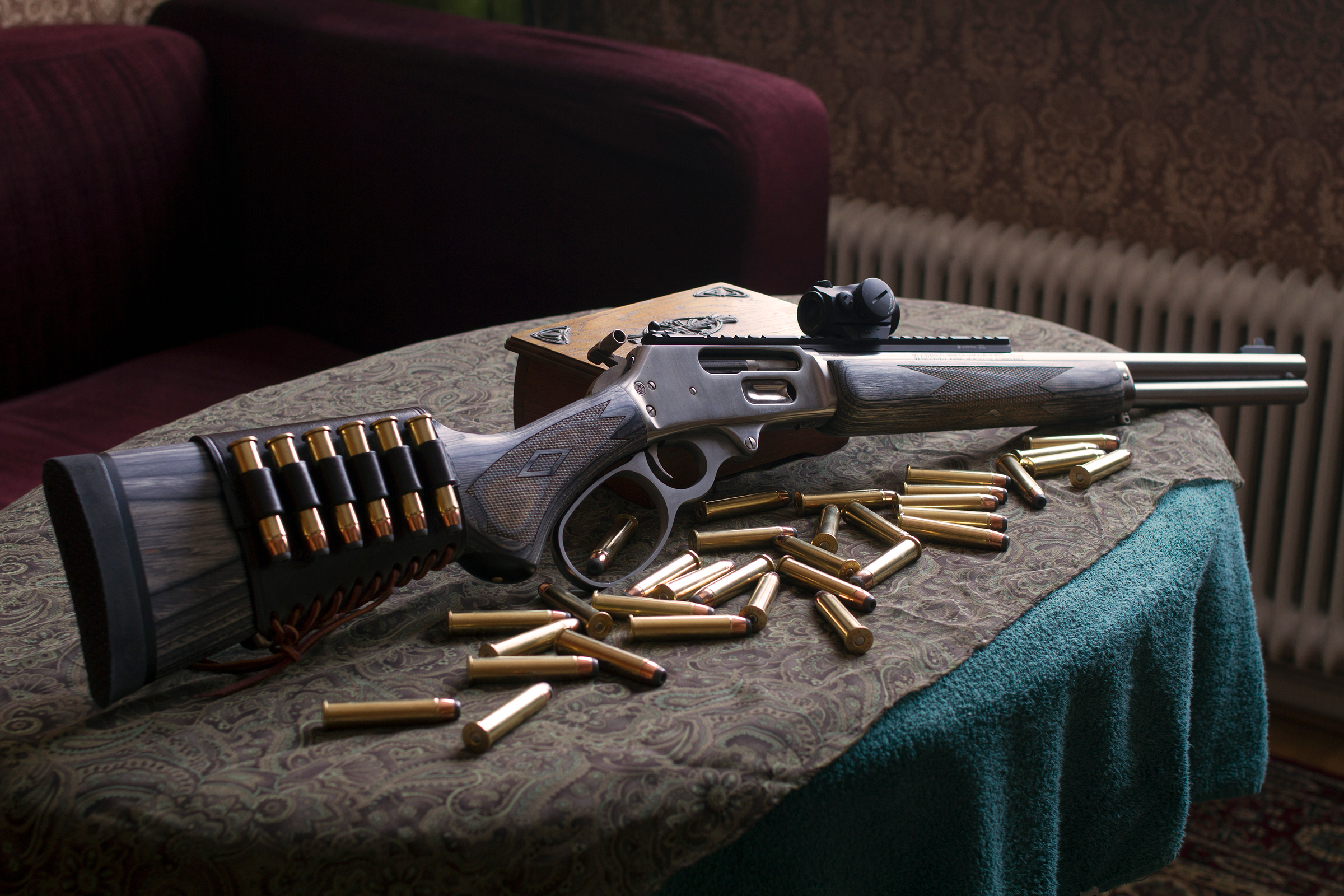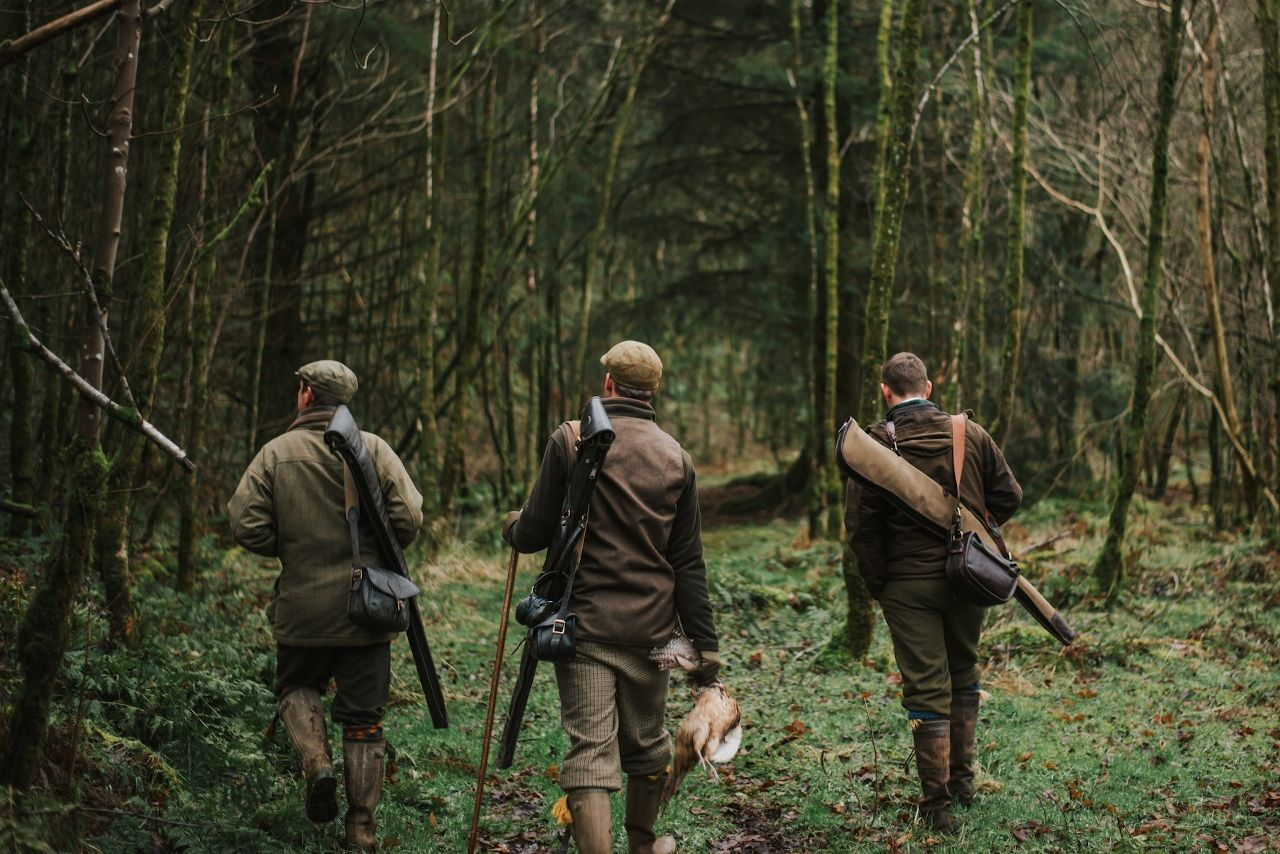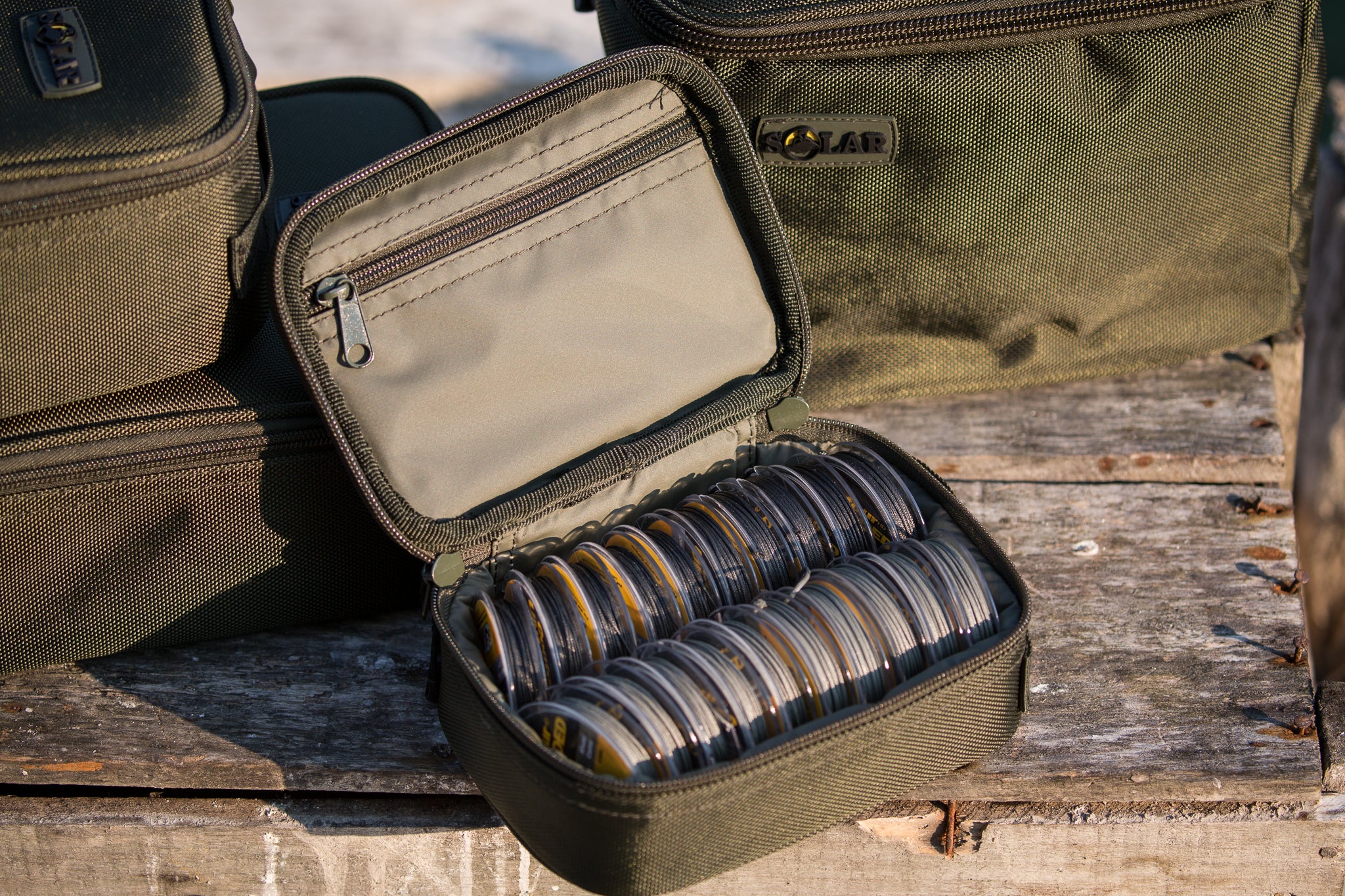Tactical Sling Basics. How They Work and Why Every Hunter Should Use One?
When you're out in the field, every second matters. Whether you're tracking game, navigating rough terrain, or setting up your position, your ability to move freely while keeping your firearm secure is critical. That's where a tactical sling becomes an essential piece of gear for hunters of all levels.
In this guide, we’ll break down the basics of tactical slings, how they work, the different types available, and most importantly—why every hunter should use one.
Tactical Sling Basics. How They Work and Why Every Hunter Should Use One?
What Is a Tactical Sling?
A tactical sling is a strap used to carry a rifle or shotgun securely and comfortably. But it’s more than just a carrying strap—it's a tool that provides quick access, weapon stability, and hands-free capability.
Tactical slings are popular in military and law enforcement applications, and their utility has made them increasingly popular with hunters, sport shooters, and outdoorsmen.
How Tactical Slings Work?
Tactical slings attach to the rifle at one or more points and allow it to hang across the body. The main functions include:
-
Quick access – Enables fast transitions from carry to shooting positions.
-
Hands-free mobility – Keeps your firearm secure while freeing your hands to use binoculars, navigate brush, or climb.
-
Stability – Some slings help stabilize the rifle when aiming or taking long-distance shots.
Types of Tactical Slings for Hunters
Understanding the types of slings can help you choose the right one for your hunting style:
1. Single-Point Sling
-
Attaches to one point on the rifle (usually the rear).
-
Offers the most freedom of movement.
-
Best for short hunting trips or situations requiring fast rifle transitions.
2. Two-Point Sling
-
Attaches to both ends of the rifle.
-
Distributes weight more evenly across the body.
-
Ideal for long treks and all-day hunts.
3. Three-Point Sling
-
Combines features of single- and two-point slings.
-
Offers versatility but can be complicated for beginners.
-
Better suited for those with prior experience or tactical training.
Why Every Hunter Should Use a Tactical Sling?
Here’s why a tactical sling is a must-have for any serious hunter:
Increased Comfort
Carrying a rifle for hours can lead to fatigue. A well-designed sling distributes the weight and reduces shoulder strain.
Improved Readiness
Slings keep your rifle ready to deploy in seconds. This is crucial when you spot game and need to react fast.
Hands-Free Convenience
Need to glass a ridge, eat a snack, or help a fellow hunter? A tactical sling lets you do it without laying your firearm on the ground.
Better Weapon Control
With your rifle attached to your body, you reduce the risk of accidental drops or snags in dense brush.
Enhanced Safety
Slings keep your rifle pointed in a safe direction while walking, reducing the risk of accidents—especially in group hunts.

How to Choose the Right Sling for Hunting?
Consider the following when choosing your sling:
-
Material: Nylon and neoprene are durable and weather-resistant. Leather slings offer classic aesthetics but may require more care.
-
Adjustability: Look for quick-adjust mechanisms to adapt to different positions quickly.
-
Padding: Padded slings provide more comfort during long hunts.
-
Attachment system: Ensure compatibility with your rifle’s sling mounts or swivel studs.
Final Thoughts
Tactical slings aren’t just for tactical teams—they’re a practical, smart upgrade for every hunter. Whether you’re stalking game or setting up for a shot, having your firearm secure and accessible gives you a major edge.
Ready to upgrade your gear? Invest in a quality tactical sling and experience the difference it makes in the field.























